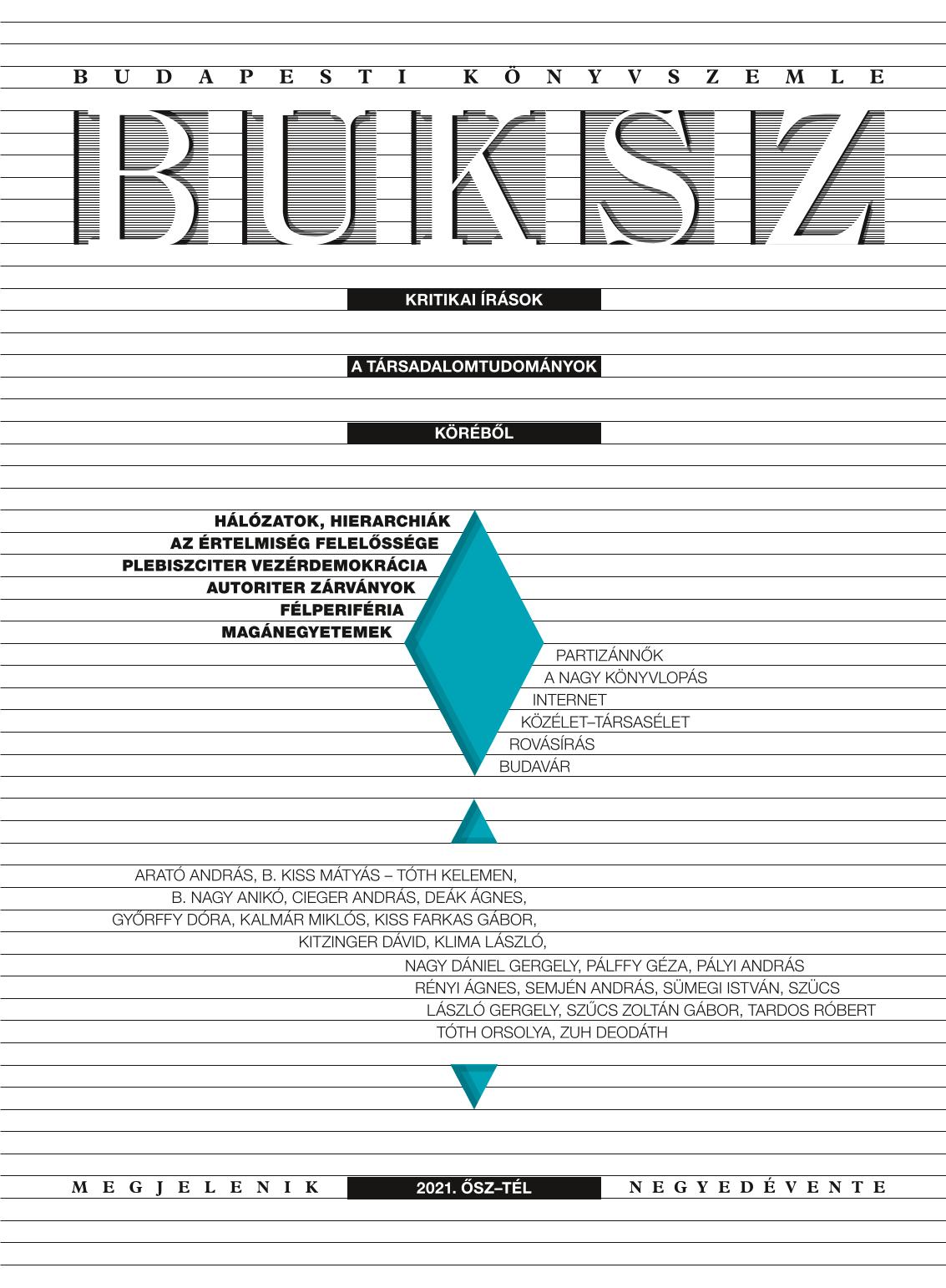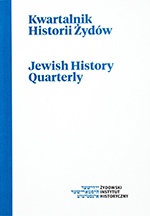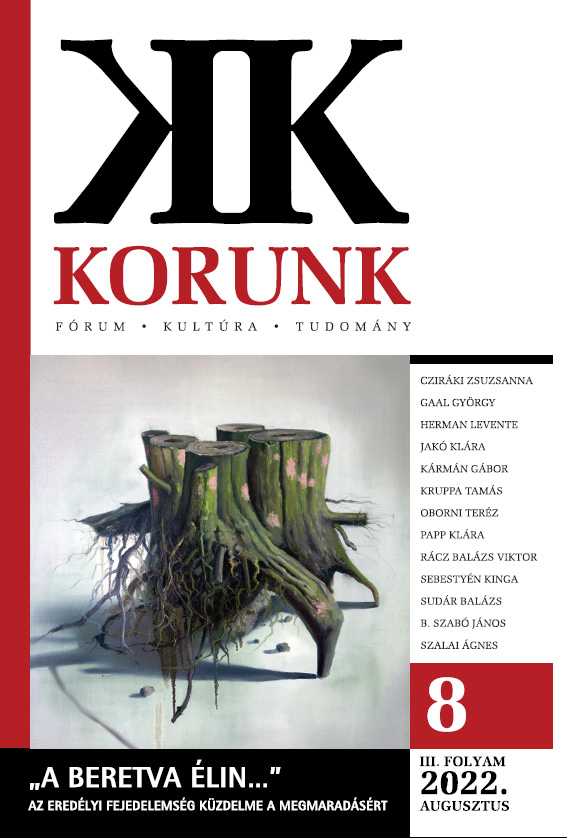Author(s): Ana D. Kostić / Language(s): Serbian
Issue: 2/2022
In the Principality of Serbia in the 19th century, the Orthodox Church represented a significant entity and had a privileged position as a state and national institution. This all affected its place in public life, as well as the public control of all the church activities regarding the churches’ construction, equipping, painting, and renovation. Thus, the aesthetical criteria, demands, and effects of the cultural and scientific public were a tremendous factor in making church art common during the 19th century. The public had an influence on art development through various forms in the Principality of Serbia, and some of the instruments were both daily and periodical (printed) press. The public’s attitude towards the church art was stated in the press and hu mongously affected the people’s consciousness of the Church and church art’s significance in relation to the state and nation, as well. Also, the ordering parties’ tastes had thus been formed, which also had an impact on the complex mechanisms of the general church art trends during the 19th century. This kind of practice was characteristic of 19th-century Europe and Russia, and from there it was also accepted and developed in Serbia. Despite the fact that in the 19th century the Serbian people had lived in the territory of three states – the Ottoman Empire, the Principality/Kingdom of Serbia, and Austria, the periodical literature and newspapers had been available to the Serbian social and cultural elite at the mentioned territories. Since the press had not been strictly limited by the state boundaries, a wider reading audience had been familiar with the information and attitudes about art presented in both the newspapers and periodical literature, which were printed in Serbia and Austria, as well. The newspapers coming out in the period 1830–1882, such as Šumadinka, Srbske novine, Novine Čitališta beogradskog, Sion, Podunavka, Golubica, Orao, and others, contained different aesthetical attitudes on the church painting and architecture, but also considered various problems on the topics of erecting and painting the churches. The public significance of the works regarding the construction and equipping of the churches had been highlighted. Certain models of the church architecture and painting had been promoted, along with the individual artists’ works. By reading the daily and periodical press, the reading public had been informed about the church heritage from the past through the reports about medieval churches and some debates on their renovation. Finally, the public of experts promoted, by using the (printed) press, certain advisable behavior models, such as the contribution activities towards the Church which were seen as the ultimate patriotic endeavor.
More...
















